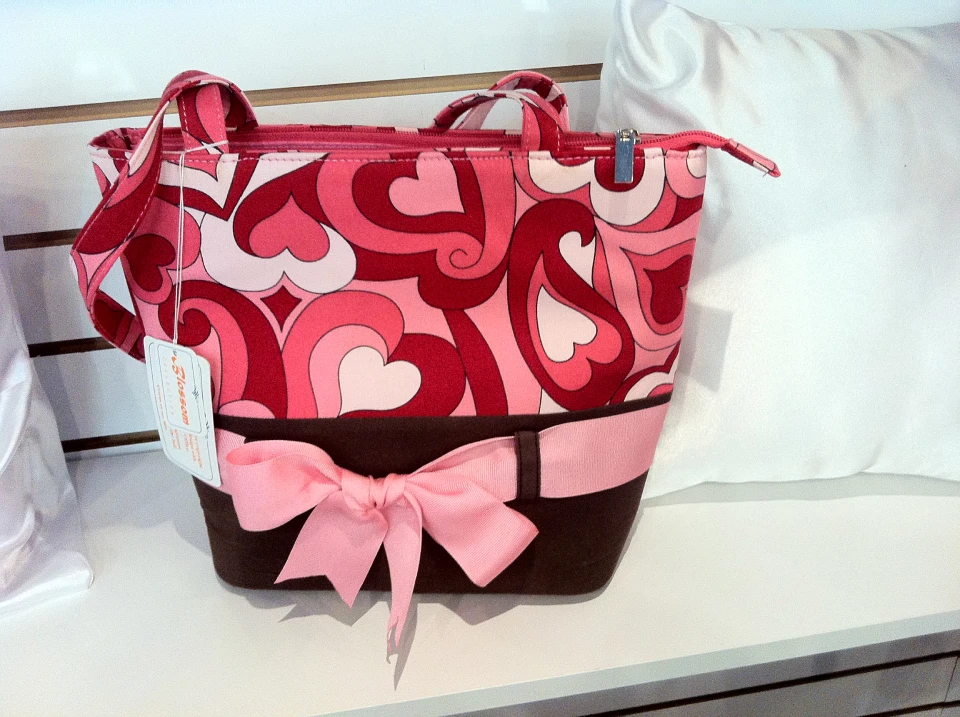The Art of Personalized Embroidery: Unlocking the Secrets to Creating Unique and Memorable Styles
Embroidery, a craft soaked in practice and creativity, holds within its complex stitches the power to change fabric into a canvas of unique expression. The secrets to creating customized embroidery layouts that mesmerize the eye and leave a long-term perception lie in a fragile equilibrium of strategy, creativity, and attention to information. As we look into the world of custom needlework, we reveal the nuanced interaction in between thread selection, sew complexity, and design customization that boosts a plain garment to an artwork. Join us on a trip through the art of custom needlework as we unwind the mysteries behind crafting truly remarkable and unique creations.
Picking the Right Needlework Threads
When choosing needlework strings, what key variables should you think about to guarantee the most effective outcomes for your customized styles? The selection of needlework thread is vital in establishing the last end result of your stitched layout. Among the primary considerations is the product of the string. Various materials such as cotton, polyester, rayon, and silk use differing levels of luster, resilience, and structure. It is important to select a thread material that matches the textile you are stitching on and straightens with the wanted appearance of the layout.
Thicker threads can include measurement and appearance to your layout, while finer threads are suitable for intricate details and little message. Furthermore, thinking about the color fastness and washability of the thread is critical to make sure that your customized designs maintain their quality and vibrancy over time.
Checking Out Different Stitch Strategies
To explore the realm of 'Discovering Various Stitch Techniques', one need to comprehend the intricacies and nuances that each stitching approach offers the art of embroidery. Different stitch techniques not just include aesthetic rate of interest yet also add to the total texture and measurement of the style. One popular stitch strategy is the satin stitch, which involves closely stuffed parallel stitches to create a smooth and glossy surface, suitable for filling out shapes and creating vibrant lays out.
On the other hand, the backstitch is a versatile method typically utilized for outlining and including fine details. It involves stitching in reverse to develop a solid line of embroidery. In addition, the French knot stitch adds a responsive component to styles, perfect for creating textured accents like blossom facilities or attractive touches.
Checking out various stitch methods permits embroiderers to play with light, darkness, and deepness within their designs, raising the aesthetic appeal and imaginative top quality of their needlework projects. By understanding different stitching approaches, one can unlock limitless possibilities for developing one-of-a-kind and memorable custom needlework items.
Incorporating Personalized Style Aspects
Having discovered the ins and outs of different stitch methods such as the satin stitch, backstitch, and French knot, the focus now changes in the direction of integrating customized visit homepage layout elements in custom needlework projects. Individualized style components play a crucial function in making embroidery projects really distinct and unforgettable. One method to incorporate customization is by adding initials, names, or significant dates to the style. This not just adds a customized touch yet additionally enhances the emotional worth of the needlework item.
Another way to integrate individualized layout components is by including symbols or themes that hold unique meaning to the recipient or mirror their rate of interests and character. Integrating a preferred flower, animal, or hobby-related symbol can make the embroidery design extra meaningful and individualized. Additionally, picking colors that reverberate with the recipient or straighten with the desired theme can better enhance the customization of the embroidery job.
Grasping the Art of Color Coordination

One trick facet of shade control is recognizing shade theory. This includes recognizing just how different colors click to investigate engage with each various other, the feelings they convey, and exactly how they can be incorporated to produce visually appealing styles. By applying shade concept principles, embroiderers can create unified shade combinations that improve the total appearance of the layout.
Additionally, taking note of comparison is important in color sychronisation. Using contrasting shades can assist certain aspects of the layout pop, enhance readability, and produce an aesthetically dynamic needlework item. By understanding the art of shade control, embroiderers can elevate their styles and produce unforgettable pieces that resonate with clients and customers alike.
Enhancing Texture With Advanced Embroidery Stitches
French knots, as an example, are best for adding tiny, elevated dots to your design, imitating the appearance of beads or developing a distinctive surface. Bullion knots, on the other hand, can be used to create twisted, ropelike elements that add a lavish feeling to the needlework. Seed sewing entails tiny, scattered stitches that can complete areas with a speckled appearance, while turkey job develops fluffy, dimensional accents evocative pet hair or vegetation. Trying out these innovative embroidery stitches allows you to press the limits of traditional needlework and develop truly one-of-a-kind and visually enticing appearances in your designs.
Conclusion
Finally, the art of personalized needlework includes a combination of picking the appropriate strings, exploring different stitch strategies, integrating individualized style elements, understanding color coordination, and enhancing appearance with sophisticated stitches. By understanding and applying these crucial elements, embroiderers can create special and unforgettable layouts that display their creativity and ability. Needlework lovers can unlock the keys to creating beautiful and custom pieces that stick out and leave an enduring impression.